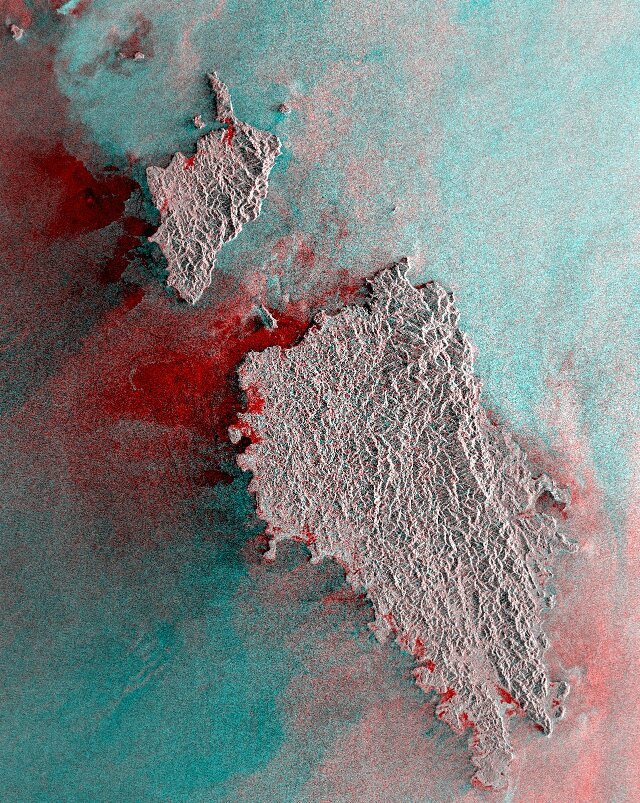ESA at the European Geosciences Union General Assembly
Taking place in Vienna from 24 to 29 April 2005, the European Geosciences Union General Assembly will bring together over
The European Geosciences Union (EGU) General Assembly is an annual event bringing together geoscientists from all over the world into one meeting covering all disciplines of the Earth and Planetary Sciences: geomorphology, geochemistry, geophysics, geobiology and hazards research alike. During the week, over 3 000 papers will be presented, with nearly 7 000 poster sessions.

The unique view afforded from space has become integral to the geosciences. For example, satellite imagery enables long-term objective monitoring of climate change effects, measuring precise shifts in land cover, ice field extent, sea surface height and even the composition of the atmosphere.
In the shorter-term, satellites yielded rapid mapping of the December 2004 Sumatran tsunami, swiftly bringing home the full scope of the disaster. And ESA and the European Union's Global Monitoring for Environment and Security (GMES) initiative aims at combining satellite and in-situ information for enhanced natural hazard awareness and management.

ESA's planetary missions have transformed our understanding of the worlds beyond Earth. Results from the historic Huygens landing on Titan are providing fresh insights into the distant methane-rich moon of Saturn, while Mars Express continues to deliver spectacular images of the Martian surface and new information on the planet's atmosphere and climate. At the same time, Smart-1 is commencing the first detailed survey of the Earth's Moon since the Apollo programme.
The Agency's forthcoming missions Venus Express and Bepi-Colombo will visit Venus and Mercury, the two worlds closest to the Sun, while Rosetta continues its ten-year voyage to rendezvous with Comet 67 P/Churyumov – Gerasismenko.

ESA personnel are presenting a number of papers during the event, on subjects including Mars, space-based monitoring of the tsunami disaster and also worldwide river and lake levels, preparations for CryoSat data exploitation and details of current performance of the ERS-2 and Envisat Radar Altimeters.
Conference visitors can also meet ESA personnel on the exhibition stand in Hall Y, stand number 24. The exhibit will focus on Earth Observation results, applications and future missions such as CryoSat. Presentations of the ESA Planetary Science Archive will be made twice-daily from 12.00 to 13.00 and from 17:00 to 18:00. This is a new online tool for the distribution of scientific data from ESA's planetary missions and includes Mars Express data. Huygens, Rosetta and Smart-1 data will be available over the coming months.
Evening Townhall Speeches are a daily feature of the EGU General Assembly. On Wednesday 27 April ESA Science Director David Southwood will give a keynote speech on 'Cosmic Visions: The Long Term European Space Science Programme' together with Marcello Coradini, ESA Solar Systems Mission Coordinator.















 Germany
Germany
 Austria
Austria
 Belgium
Belgium
 Denmark
Denmark
 Spain
Spain
 Estonia
Estonia
 Finland
Finland
 France
France
 Greece
Greece
 Hungary
Hungary
 Ireland
Ireland
 Italy
Italy
 Luxembourg
Luxembourg
 Norway
Norway
 The Netherlands
The Netherlands
 Poland
Poland
 Portugal
Portugal
 Czechia
Czechia
 Romania
Romania
 United Kingdom
United Kingdom
 Slovenia
Slovenia
 Sweden
Sweden
 Switzerland
Switzerland



























